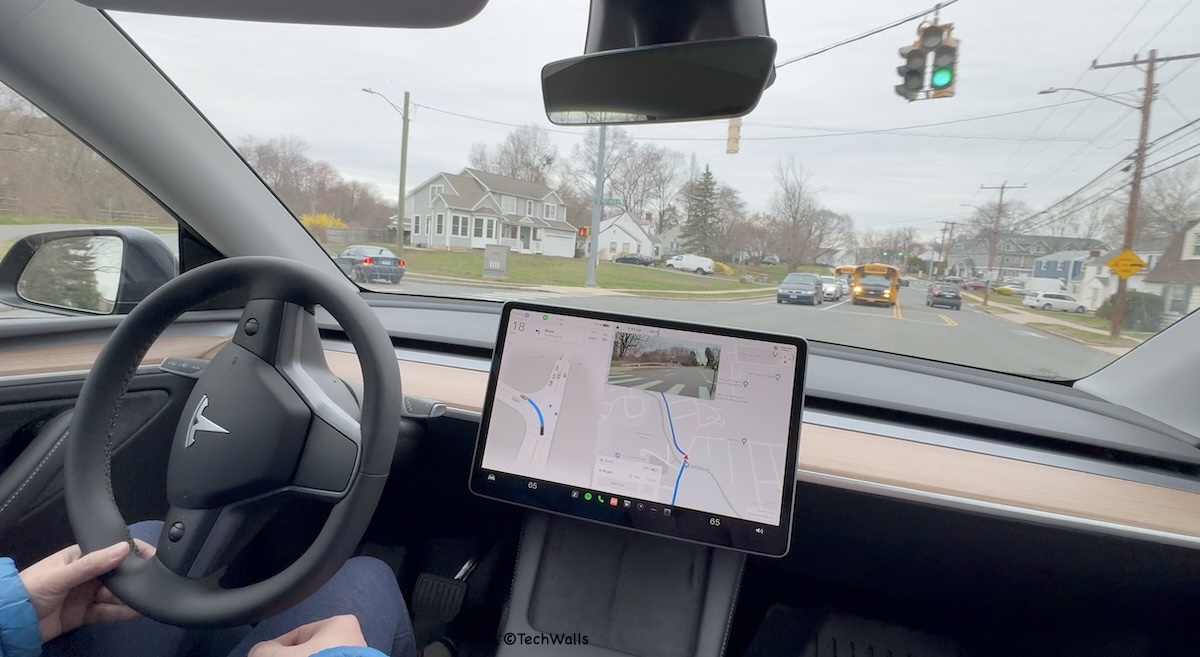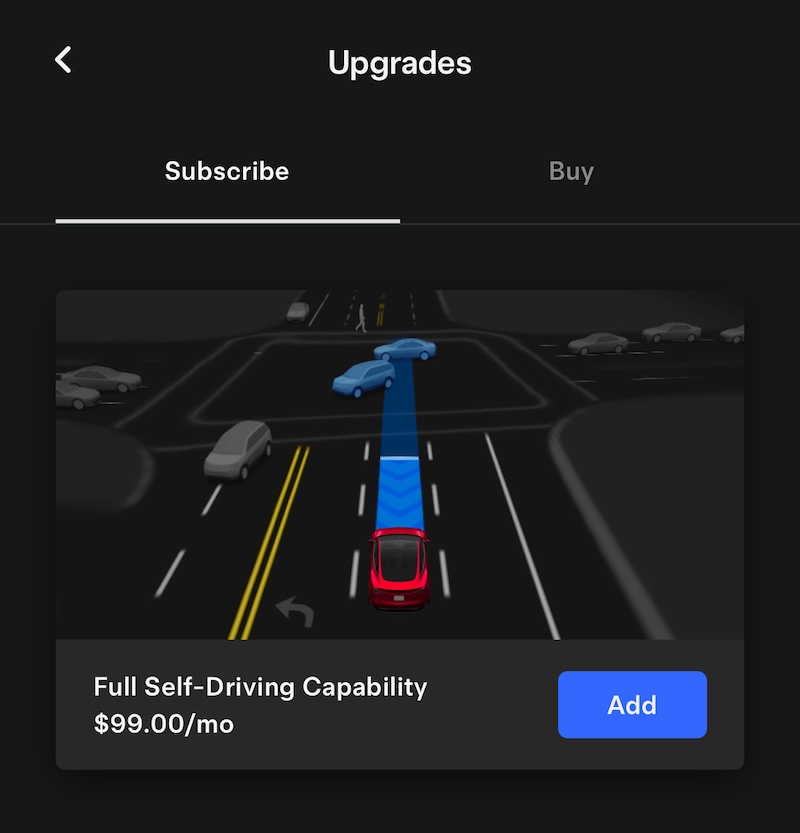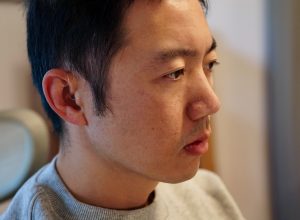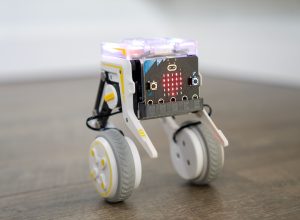As the trial period for Tesla’s Full Self-Driving (FSD) package comes to an end, many Tesla owners, like me, are faced with the decision of whether to renew the service. I’ve spent 4 months with the FSD trial and decided not to renew it.
Tesla’s FSD package aims to bring autonomous driving capabilities to their vehicles. Features include Navigate on Autopilot, Auto Lane Change, Autopark, Summon, and Traffic Light and Stop Sign Control. These features promise to enhance convenience and safety by reducing the driver’s workload.
My Experience: The Good and the Bad
The Good
Gradual Improvements: I appreciate the continuous updates and improvements that Tesla rolls out. The software gets better over time, meaning that investing in FSD now could pay off more in the future as Tesla refines and enhances its capabilities. As compared to the FSD v11 I used just a few months ago, the FSD v12 is way better in every aspect.
Enhanced Convenience and Safety: FSD significantly reduces the stress of driving, especially on long trips and during heavy traffic. The Navigate on Autopilot feature is great as it guides my car from highway on-ramp to off-ramp, and the Traffic Light and Stop Sign Control. It also handles pretty well at night or during bad weather conditions. Many drivers also like the Autopark feature; It is kind of slow but manages to get the car into tight spots perfectly.

The Bad
Inconsistent Performance: While the technology behind FSD is impressive, it still has significant limitations, particularly in urban environments where it can make poor decisions and show unpredictable behavior. For instance, I still experience abrupt lane changes, hesitations at intersections, or mistakes route marker signs for speed limit signs. It also doesn’t take the correct exit occasionally. While these issues might be rare, they can undermine trust in the system. The FSD still requires supervising, so I have to keep my hands on the wheel all the time and intervene immediately in unsafe situations.
Battery Drain Concerns: From my observation, using FSD can significantly drain the battery. This is especially noticeable on longer drives, where the energy consumption appears to be around 10% higher compared to manual driving. This is due to aggressive acceleration, lake braking and lane changing hesitation. For owners who prioritize maximum range and efficiency, this could be a dealbreaker.
Cost vs. Benefit: The cost of renewing FSD is another critical factor. With a price tag of $8,000 (as of July 2024), it’s a significant investment, especially when you might not be able to transfer FSD to a new Tesla. The monthly price of $99 is a much more reasonable choice.
Why I am Not Renewing FSD
If your trial is expiring, you should evaluate how often you utilize the features offered by FSD. If you frequently drive long distances or navigate through heavy traffic, the convenience and stress reduction might be worth the investment. However, if your driving is mostly local and less complex, the benefits might not outweigh the costs. Besides, the FSD handling is still not as smooth as my driving, so my kids sometimes get carsick due to the sudden acceleration and braking. I really enjoy driving my Tesla and don’t need FSD for everyday trips.
The cost of FSD is substantial, and it’s essential to determine if it aligns with your budget. I absolutely won’t pay $8,000 for the full package or $99 for the monthly subscription because I mostly drive the car around town and drive less than 1,000 miles per month. However, I really like the performance of FSD and it actually made my long road trips much more enjoyable. Therefore, I will absolutely spend $99 during the months I have road trips and unsubscribe after finishing those trips. In my estimate, I’d spend just about $200 per year for my 2-3 road trips in the Spring and Summer, so this is huge saving as compared to buying the package outright.




